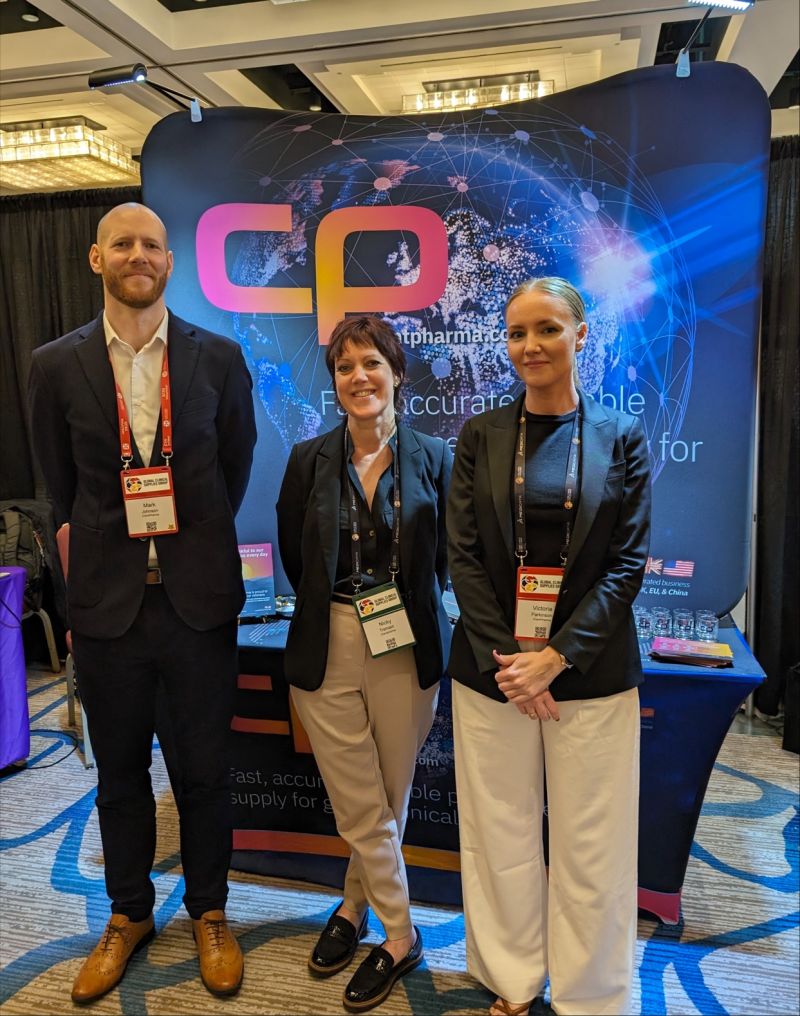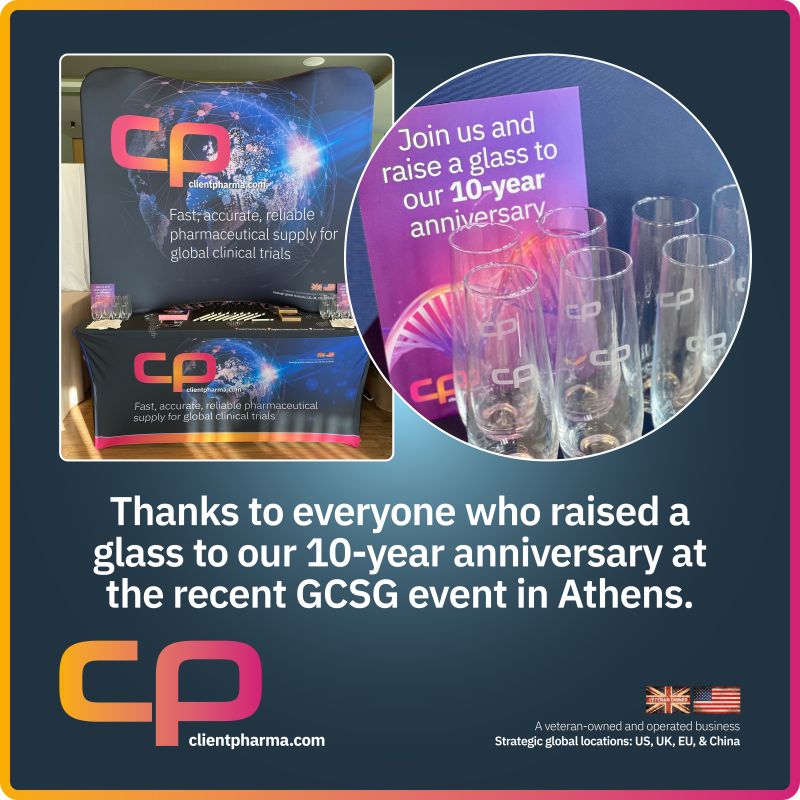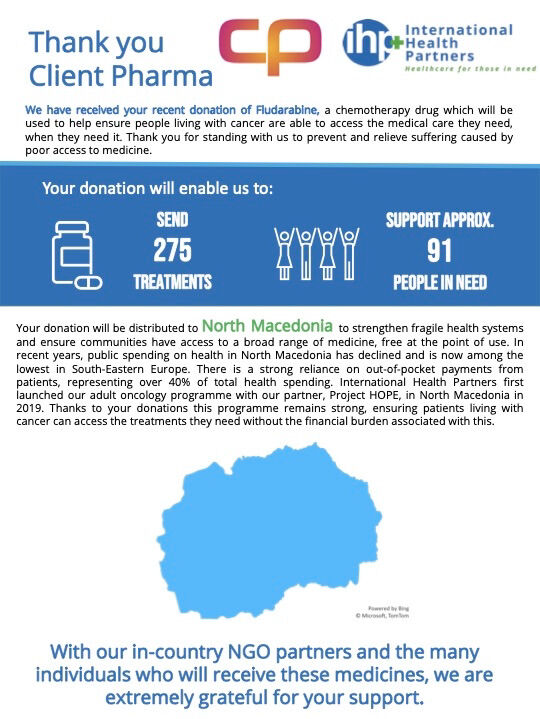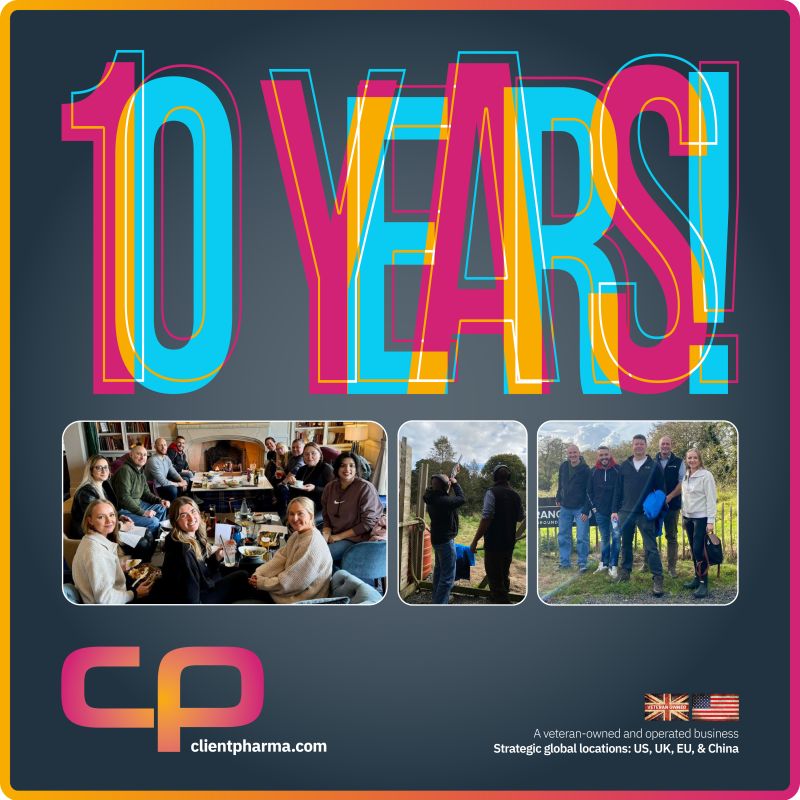Clinical trial supply is, to state the obvious, an expensive and multifaceted activity which continues to get more complex. Over the past 5 years, factors have extended this trend; for example:
- Changes in and development of legislation – New EU Clinical Trial regulations (No 536/2014), the Falsified Medicines Directive, US FDA Drug Supply Chain Security Act
- Innovative and adaptive clinical trial designs
- Increasing R&D costs – development costs now in excess of $2.6 billion1 for a new medicine
- More geographically diverse trials and a larger focus on emerging markets
- Emergence of biosimilar development requirements and assembly of analytical reference libraries
With the above complications in mind, it can be beneficial to revisit the basics, as a refresher if you are an experienced global sponsor or a primer for if you are about to enter your 1st pivotal studies:
Central Sourcing vs. Local vs. Regional Sourcing
Central sourcing has long been one of the go-to methods for global phase III studies. The advantages being a straightforward supply chain, a single source for each product and reduced QA costs due to use of large (and often single) batches/lots. Comparators can be blinded, packaged & labelled at a single site and distributed from one or a small number of depots.
However, increasing comparator costs and adaptive study designs are making it more difficult to work this way, especially as it can be tough to forecast. Sometimes it can be a trade-off between keeping your QA and packaging costs low but also making sure you keep overage to an absolute minimum.
Local sourcing can be a highly effective option to consider when it comes to open-label studies, or when it comes to providing nIMPs (non-investigational medicinal products). Using this approach can make your CTA (clinical trial application) less complex as the product isn’t being altered. The product will also be available in the local language with minimal transport costs!
Regional sourcing may be necessary if local regulators mandate the use of a product from a certain region (e.g. the FDA requiring US material to be used over EU material) or if equivalency can’t be established between products in different regions.
It’s often beneficial to mix and match the above approaches for your study. Find an experienced partner, talk to them early in the development of your protocol and use them to help you stress test your design from an operational perspective; ultimately, it will save you time and money by understanding what can be achieved in practice, not just in theory.
Biosimilars
Sourcing locally is a big advantage when building an analytical reference library. Working with a globally connected partner is paramount. Utilising a supplier who has a wide network of audited and qualified suppliers, as well as direct manufacturer access, means you will be able to procure many lots in quick succession. Do not try to second guess the market as the availability of specific lots will change very quickly. Get a conditional purchase order in place and get your supplier to project manage you reference sample supply for you; this means they will proactively find batches and procure them quickly at your behest as the paperwork will already be in place.
A Note on Ancillaries
Applying the same central vs. local vs. regional rationale to your ancillary management can also deliver time and cost efficiencies. It all depends on the types of consumables and site equipment needed. If patients need to be randomised quickly then a specialist can hold stock for you and ship on demand or even provide trial specific kits to the site (designed specifically to activate each patient).
A specialist will help you reduce the variability of equipment from site to site and reduce need for site reimbursement. A specialist can also assist with the retrieval of high-value equipment (e.g. pharmacy freezers) so it can be re-used in future studies.
Now, more than ever, it is important to select vendors that have a global understanding but can act locally, who focus on long-term partnership rather than a transactional approach and who tailor supply strategy to the requirements of every clinical trial.
1DiMasi JA, Grabowski HG, Hansen RW. Innovation in the pharmaceutical industry: New estimates of R&D costs. J Health Econ. 2016;47:20-33.









